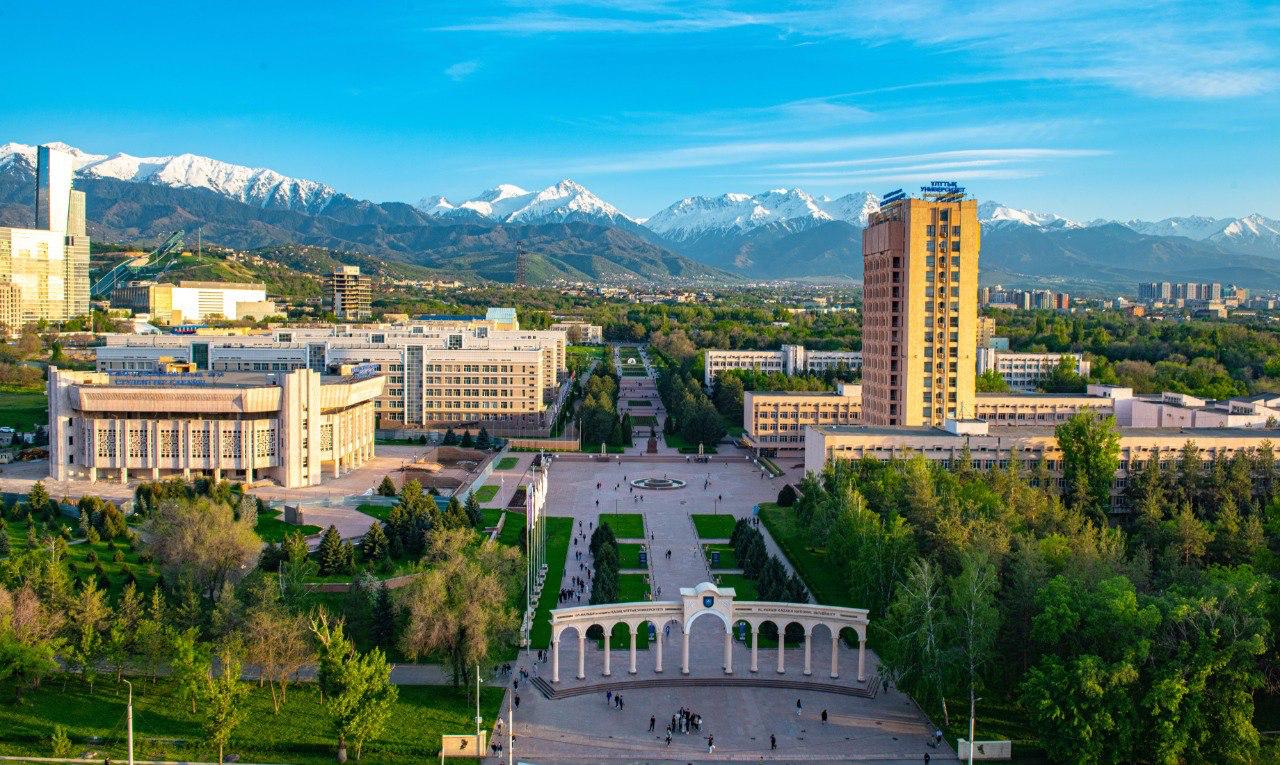The Earth Remote Sensing Center coordinates scientific research in the fields of physical geography, hydrology, agricultural geography, ecology and cartography, as well as training modern competitive and highly qualified specialists based on the integration of science and education.
Types of activities: conducting fundamental and applied research in the most important areas of natural, technical, environmental and agricultural sciences; providing scientific and methodological guidance to the scientific and scientific and technical activities of the teaching staff and students of the Faculty of Geography and Environmental Management of the Al-Farabi Kazakh National University.
The main task of the Earth Remote Sensing Center is to obtain, process and analyze operational Earth remote sensing data in order to provide the most complete, relevant and objective information about the natural resource potential, economic condition, and environmental condition of the region for making management decisions in the context of the SDGs.







.jpeg)